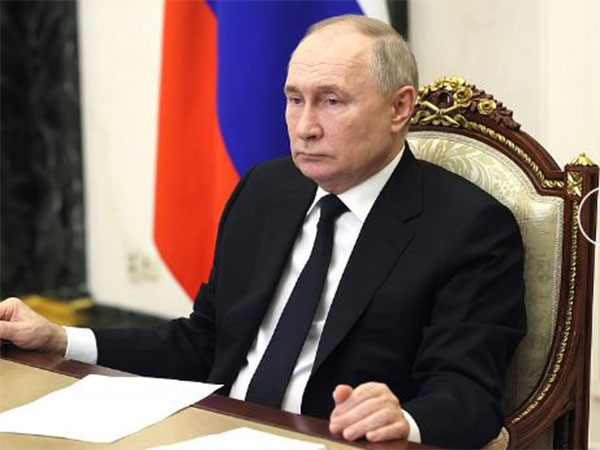
Shanghai targets June COVID lockdown exit as China economy slumps

By Brenda Goh and Kevin Yao
SHANGHAI/BEIJING (Reuters) -Shanghai set out plans on Monday for the end of a painful COVID-19 lockdown that has lasted more than six weeks, heavily bruising China’s economy, and for the return of more normal life from June 1.
In the clearest timetable yet, Deputy Mayor Zong Ming said Shanghai would reopen in stages, with movement curbs largely to remain in place until May 21 to prevent a rebound in infections, before an easing. “From June 1 to mid- and late June, as long as risks of a rebound in infections are controlled, we will fully implement epidemic prevention and control, normalize management, and fully restore normal production and life in the city,” she said.
But the announcement was met with scepticism by some Shanghai residents, who have repeatedly been disappointed by shifting schedules for the lifting of restrictions. “Shanghai, Shanghai … am I still supposed to believe you?” one member of the public said on the Weibo social media platform. The full lockdown of Shanghai and COVID curbs on hundreds of millions of consumers and workers in dozens of China’s cities have inflicted economic pain across a range of sectors, adding to fears the economy could shrink in the second quarter.
The restrictions, increasingly out of step with the rest of the world, which has been lifting COVID rules even as infections spread, are also sending shockwaves through global supply chains and international trade. Data on Monday showed China’s industrial output and retail sales fell in April at the fastest in more than two years, missing expectations.
Recent data has been bleak: catering revenue sank 22.7%, property sales by value slumped 46.6% and auto sales crashed 47.6%. In Shanghai, China’s most populous city of 25 million people, no cars were sold last month, data showed, with dealerships shut. China Eastern Airlines, which is based in the city, said passenger numbers collapsed 90.7% in April year on year.
Chinese economic activity has probably been improving somewhat in May, analysts say, and the government and central bank are expected to deploy more stimulus measures to speed things up. But the strength and durability of a rebound are uncertain given China’s uncompromising “zero COVID” policy. “The data paint a picture of a stalling economy and one in need of more aggressive stimulus and a rapid easing of COVID restrictions, neither of which are likely to be forthcoming anytime soon,” TD Securities analyst Mitul Kotecha said.
The data overshadowed Shanghai’s reopening plans, sending Chinese stocks lower. In Beijing, the discovery of dozens of new COVID cases every day for the past three weeks shows how difficult it is to eliminate even small outbreaks. The capital has not imposed a city-wide shutdown but has tightened curbs to the point that its road traffic levels last week were similar to those in locked-down Shanghai, according to data tracked by Chinese internet giant Baidu.
Dine-in services are banned, public transport curtailed and many residents have been advised to work from home. A woman surnamed Zhang, who runs a shop selling jianbing pancakes, a popular street food, outside one of Beijing’s shuttered subway stations, said her daily turnover had dropped from 2,000-3,000 yuan ($737) to just 100-200 yuan ($29).
“Don’t we still have to pay the rent as usual? You see many small businesses have closed down,” she told Reuters from her empty, dimly lit store on Monday.
‘PLEASE DON’T LIE’
In Shanghai, the deputy mayor said the city would begin to re-open supermarkets, convenience stores and pharmacies from Monday but that movement restrictions must remain in place until at least May 21. From Monday, operators will gradually restore train services and domestic flights, she said. From May 22, bus services will gradually resume but people will have to show a negative COVID test no older than 48 hours to take public transport.
Throughout Shanghai’s lockdown, authorities have repeatedly dashed hopes for an end to the ordeal. Initially, lockdown was expected to only last until April 5 when it was introduced on March 27. Last week, many residential compounds received notices that they would be in “silent mode” for three days, which typically means not being able to leave the house and, in some cases, no deliveries. Another notice then said that the silent period would be extended to May 20.
“Please don’t be lying to us this time” another Weibo user said, adding a crying emoji. Shanghai reported fewer than 1,000 new cases for May 15, all inside areas under the strictest controls. In relatively freer areas, the ones monitored to gauge progress in eradicating the outbreak, no new cases were found for a second day in a row. A third day would usually mean “zero COVID” status has been achieved and restrictions can begin to ease. Fifteen of the city’s 16 districts had reached “zero COVID”.
Beijing on Monday reported 54 cases for the previous day, up from 41 a day earlier.





















POST COMMENTS (0)